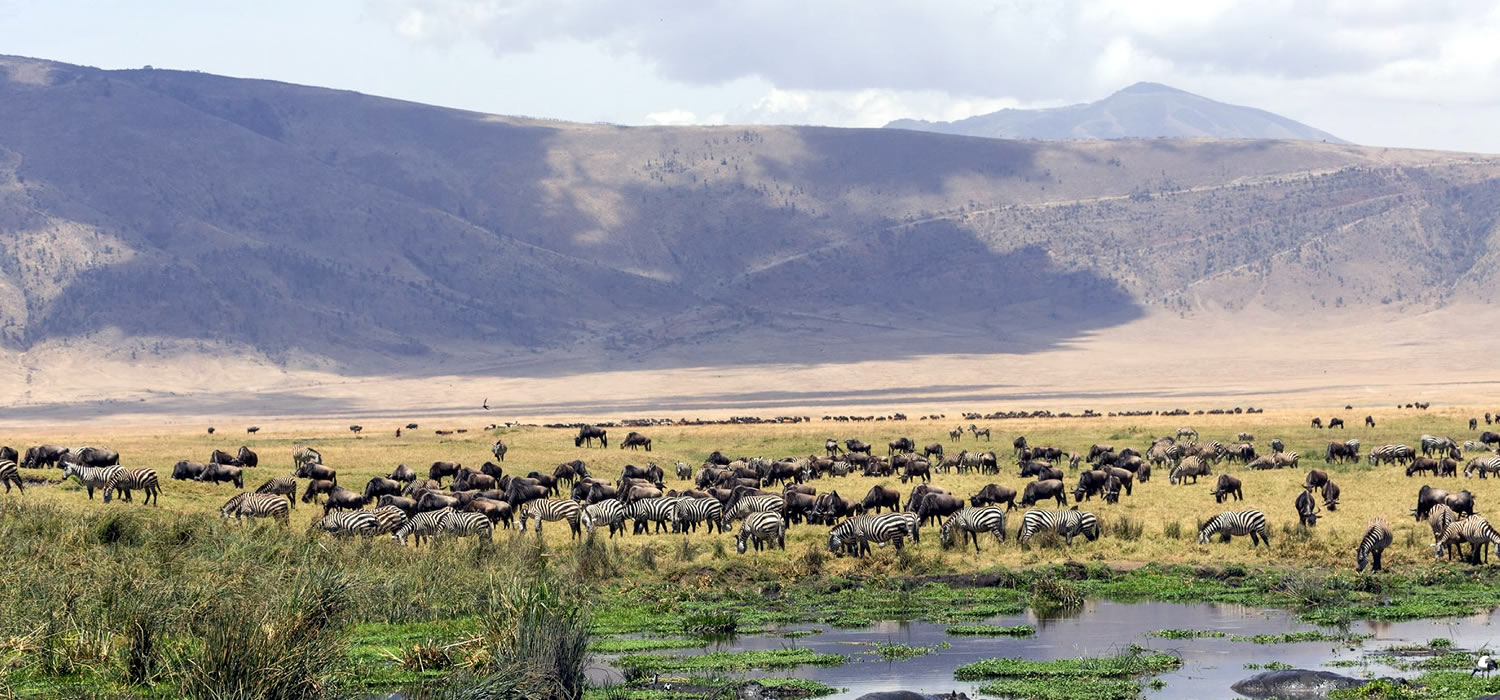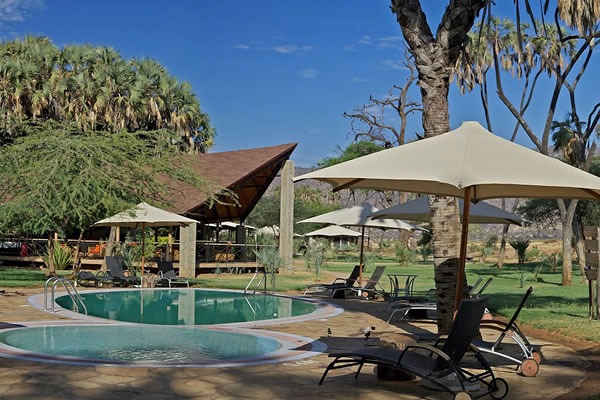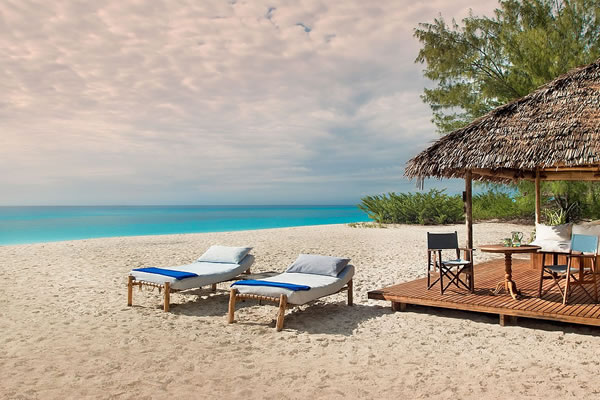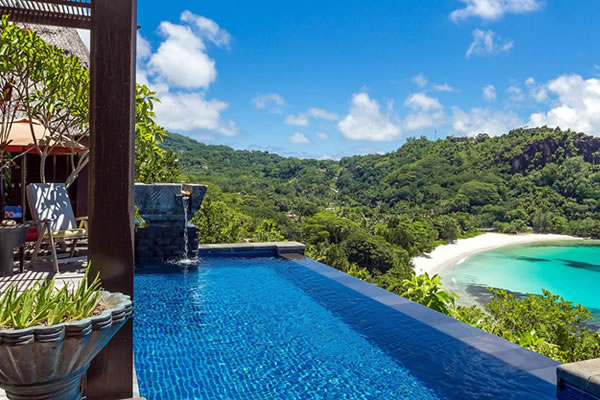

The best way to experience Ngorongoro Crater is by leveraging the expertise from one of the local guide or safari services. Most of the crater lodges have professional guides as part of the safari and accommodation experience they provide to you. Your vehicles may vary, but you should be in a safari vehicle that has a removable or raisable roof that allows you to stand inside the vehicle and look out over the wildlife. Ideally, there will just be no more than 3 or 4 in the vehicle or you might be squeezing and wrestling for space when it comes to viewing some of the wildlife you might encounter.
Reputedly having the densest population of lions in Tanzania and if so the world, chances of seeing all of the "Big Five" within a single day are as high as they get - Ngorongoro has some of the country's last black rhinos and is the only place in the Northern Circuit where the animals haven't been hunted to extinction. Many other attractions are nearby including Olduvai Gorge (3.6 million year old hominid footprints); Shifting Sands (magnetic black dune moving around 18m per year); Olmoti Crater, Empakaai Crater, Oldoinyo Lengai (active volcano); Nasera Rock and Olkarien Gorge. All of these attractions can be included in a tailor-made itinerary centering around Ngorongoro Crater.
A population of about 25,000 large animals, including the highest density of mammalian predators in Africa, lives in the crater. These include black rhinoceros, hippopotamuswhich are usually very uncommon in the area. There are also wildebeest, zebra, eland, Grants and Thomson’s gazelles.The crater has the densest known population of lion. On the crater rim are leopard, elephant, mountain reedbuck and buffalo. Lake Magadi, filled by the Munge river in the centre of the crater is, like many in the rift valley, a soda lake supporting flocks of flamingo and a variety of other water birds;. More than a 100 species of bird not found in the Serengeti have been found in the crater including; ostriches, kori bustards, secretary birds, and crowned cranes as well as vultures, egrets, herons and geese.The rainy season lasts from November through to May, with the dry season running from June through to October. June and July are the coldest months of the year. The rim of the crater is often shrouded in dense cloud that pours over the crater into the vastness below.
Copyright © Viagens Africa Safaris . All rights reserved.| Design by Khaizen Solution.





